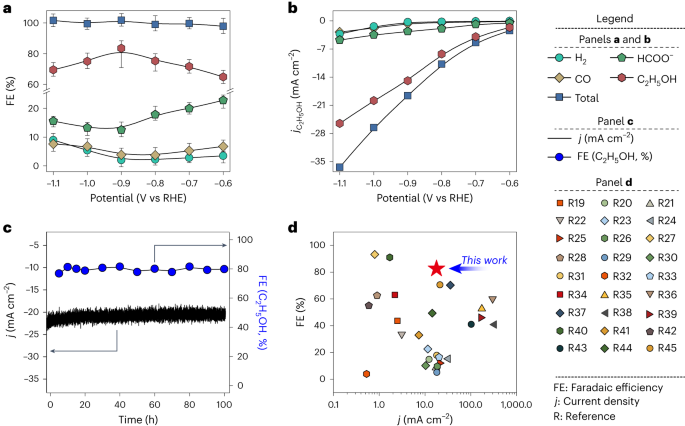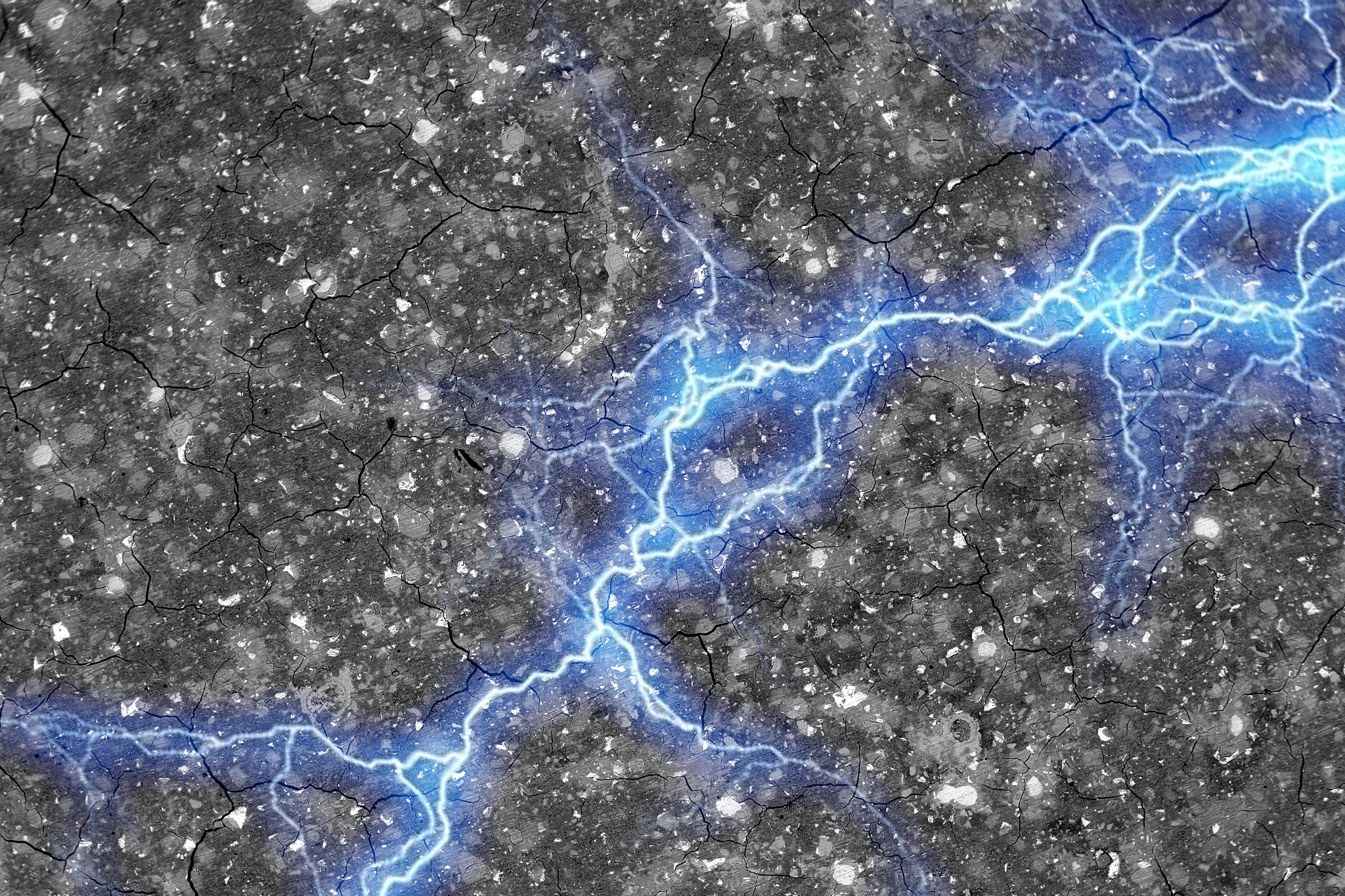

As a rule of the thumb, the longer your stomach (and its bacteria) have to work to get calories extracted from a food (this has a big correlation with the food not being excessively pre-processed, and also has a big correlation with lack of additives) - the better it is for you. :)
We will surely learn the precise reasons later. Until then, acting upon that information is possible without knowing why. :)











Regarding infiltration of the police - a similar theme played out in Greece during the 2008 economic crisis, when Golden Dawn vied for power - they tried hard to infiltrate the police, and succeeded to a considerable degree.
At some point, they made a mistake, though - GD thugs killed a popular leftist rapper named Pavlos Fyssas. He was able to point out who stabbed him. His death caused widespread rioting. Rioting incapacitated GD temporarily by blocking and damaging their party offices while the security service raided high-ranking members for evidence (apparently they didn’t manage to infiltrate counterintelligence and in the confusion probably couldn’t dispose of evidence even if they knew of incoming raids) …and evidence was plentiful. They were banned and leaders got meaningful sentences in courts.
Only in a country where entering the police force requires lengthy studies to obtain a diploma (and background checks), is there some chance of random bozos not worming their way in. Most states of the US aren’t such a place, sadly.